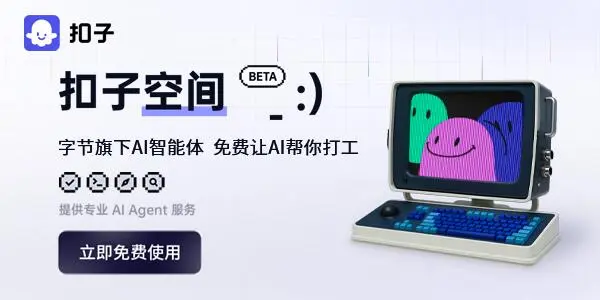软件设计模式概述23 种设计模式的分类和功能UML统一建模语言是什么?优秀设计的特征如何正确使用设计模式?开闭原则里氏替换原则依赖倒置原则单一职责原则接口隔离原则迪米特法则合成复用原则软件设计七大原则总结单例模式原型模式简单工厂模式工厂方法模式抽象工厂模式建造者模式(Bulider模式)代理模式适配器模式(Adapter模式)桥接模式(Bridge模式)装饰器模式外观模式(Facade模式)享元模式组合模式模板方法模式策略模式命令模式责任链模式(职责链模式)状态模式观察者模式(Observer模式)中介者模式迭代器模式访问者模式(Visitor模式)备忘录模式解释器模式上述23种设计模式归纳总汇业务代表模式组合实体模式数据访问对象模式前端控制器模式拦截过滤器模式MVC模式服务定位器模式传输对象模式
服务定位器模式
服务定位器模式(Service Locator Pattern)用在我们想使用 JNDI 查询定位各种服务的时候。考虑到为某个服务查找 JNDI 的代价很高,服务定位器模式充分利用了缓存技术。在首次请求某个服务时,服务定位器在 JNDI 中查找服务,并缓存该服务对象。当再次请求相同的服务时,服务定位器会在它的缓存中查找,这样可以在很大程度上提高应用程序的性能。以下是这种设计模式的实体。
服务(Service) - 实际处理请求的服务。对这种服务的引用可以在 JNDI 服务器中查找到。
Context / 初始的 Context - JNDI Context 带有对要查找的服务的引用。
服务定位器(Service Locator) - 服务定位器是通过 JNDI 查找和缓存服务来获取服务的单点接触。
缓存(Cache) - 缓存存储服务的引用,以便复用它们。
客户端(Client) - Client 是通过 ServiceLocator 调用服务的对象。
服务定位器模式的实例
定义多种服务
class Service1 {
execute(){
console.log("Executing Service1");
}
getName() {
return "Service1";
}
}
class Service2 {
execute(){
console.log("Executing Service2");
}
getName() {
return "Service2";
}
}定义查询服务功能
class InitialContext {
lookup(jndiName){
switch(jndiName.toUpperCase()) {
case "SERVICE1":
console.log("Looking up and creating a new Service1 object");
return new Service1();
case "SERVICE2":
console.log("Looking up and creating a new Service2 object");
return new Service2();
default:
return null;
}
}
}定义服务缓存
class Cache {
constructor(){
this.services = [];
}
getService(serviceName){
for (const service of this.services) {
if(service.getName().toUpperCase()==serviceName.toUpperCase()){
console.log("Returning cached "+serviceName+" object");
return service;
}
}
return null;
}
addService(newService){
let exists = false;
for (const service of this.services) {
if(service.getName().toUpperCase()==newService.getName().toUpperCase()){
exists = true;
}
}
if(!exists){
this.services.push(newService);
}
}
}定义服务定位器,其功能是在获取服务时,优先从缓存中获取,若不存在再查询并加入缓存
class ServiceLocator {
static getService(jndiName){
const service = ServiceLocator.cache.getService(jndiName);
if(service != null){
return service;
}
const context = new InitialContext();
const service1 = context.lookup(jndiName);
ServiceLocator.cache.addService(service1);
return service1;
}
}
ServiceLocator.cache = new Cache();通过服务定位器获取服务后执行
let service = ServiceLocator.getService("Service1");
service.execute();
service = ServiceLocator.getService("Service2");
service.execute();
service = ServiceLocator.getService("Service1");
service.execute();
service = ServiceLocator.getService("Service2");
service.execute();本文内容仅供个人学习/研究/参考使用,不构成任何决策建议或专业指导。分享/转载时请标明原文来源,同时请勿将内容用于商业售卖、虚假宣传等非学习用途哦~感谢您的理解与支持!
目录选择




